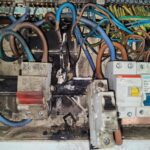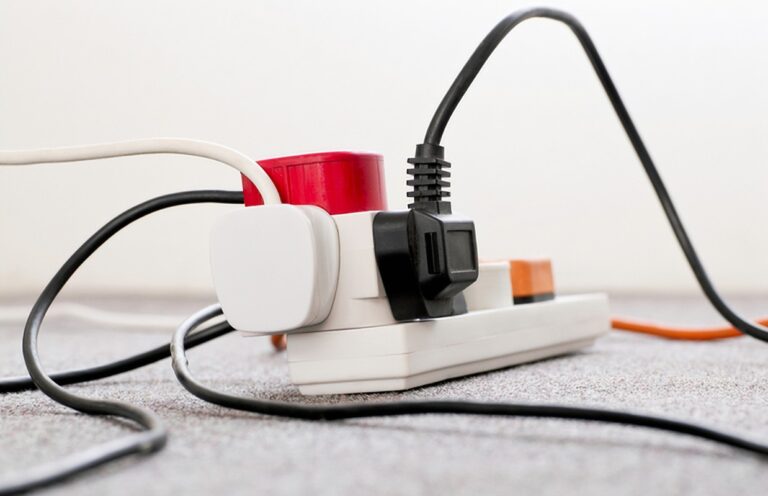Ensuring Electrical Safety: RCD/RCBO Devices Testing Guide for End Users
Regularly testing residual current devices (RCDs) and residual current circuit breakers with overcurrent protection (RCBOs) is essential for maintaining electrical safety in both residential and commercial properties. These devices play a crucial role in protecting against electrical faults and potential electric shock hazards. In this article, we provide a comprehensive guide for end users on how to test RCD/RCBO devices, emphasising the importance of regular testing and the recommended frequency. Understanding the significance of testing and adhering to the provided guidelines ensures the effectiveness and reliability of your RCD/RCBO devices, enhancing the safety of your electrical system.
Understanding RCD/RCBO Devices
RCDs and RCBOs serve as safety devices designed to detect electrical imbalances and promptly disconnect the power supply to prevent electrical shock accidents. They continuously monitor electricity flow in circuits and swiftly interrupt the current if any imbalance suggests a potential fault or leakage. Regular testing is crucial to verify that these devices function correctly and offer the necessary protection.
Frequency of Testing
To maintain the effectiveness of RCD/RCBO devices, regular testing is crucial. The frequency of testing may vary depending on the type and usage of the devices. Here are the general guidelines:
- For domestic properties: Test RCDs/RCBOs every three months by pressing the ‘test’ button to ensure they trip and cut off the power supply as intended.
- For commercial properties: Due to increased demands and potential risks, RCD/RCBO devices should be tested more frequently, ideally every month.
Conducting the Testing
Testing RCD/RCBO devices is simple and can be done by end users. Here’s how:
- Locate the RCD/RCBO device: Identify the specific device, typically found in the consumer unit or distribution board.
- Press the “test” button: This triggers a simulated fault condition, causing the device to trip and cut off the power supply to the protected circuit.
- Verify the trip: Ensure the device successfully trips and disconnects the power supply. You can do this by testing a working electrical appliance or using an appropriate electrical tester.
- Reset the device: After testing, restore power to the protected circuit by switching the RCD/RCBO device back to the “on” position.
Seeking Out The Professional
While end users can perform routine testing of RCD/RCBO devices, it’s essential to recognize that comprehensive testing should be carried out by a qualified electrician. They possess the expertise and equipment necessary for detailed assessments and ensuring compliance with electrical safety standards. Regular testing is crucial for maintaining electrical safety in both residential and commercial properties. By following the recommended testing frequencies and conducting routine tests using the “test” button, you can ensure the effectiveness and reliability of these devices in safeguarding against electrical faults and potential electric shock hazards. Safety should always be the top priority. If you have any concerns or require more extensive testing, it’s advisable to seek professional assistance from a qualified electrician. Prioritising the testing and maintenance of RCD/RCBO devices contributes to establishing a safer electrical environment for yourself, your family, tenants, employees, and clients.











